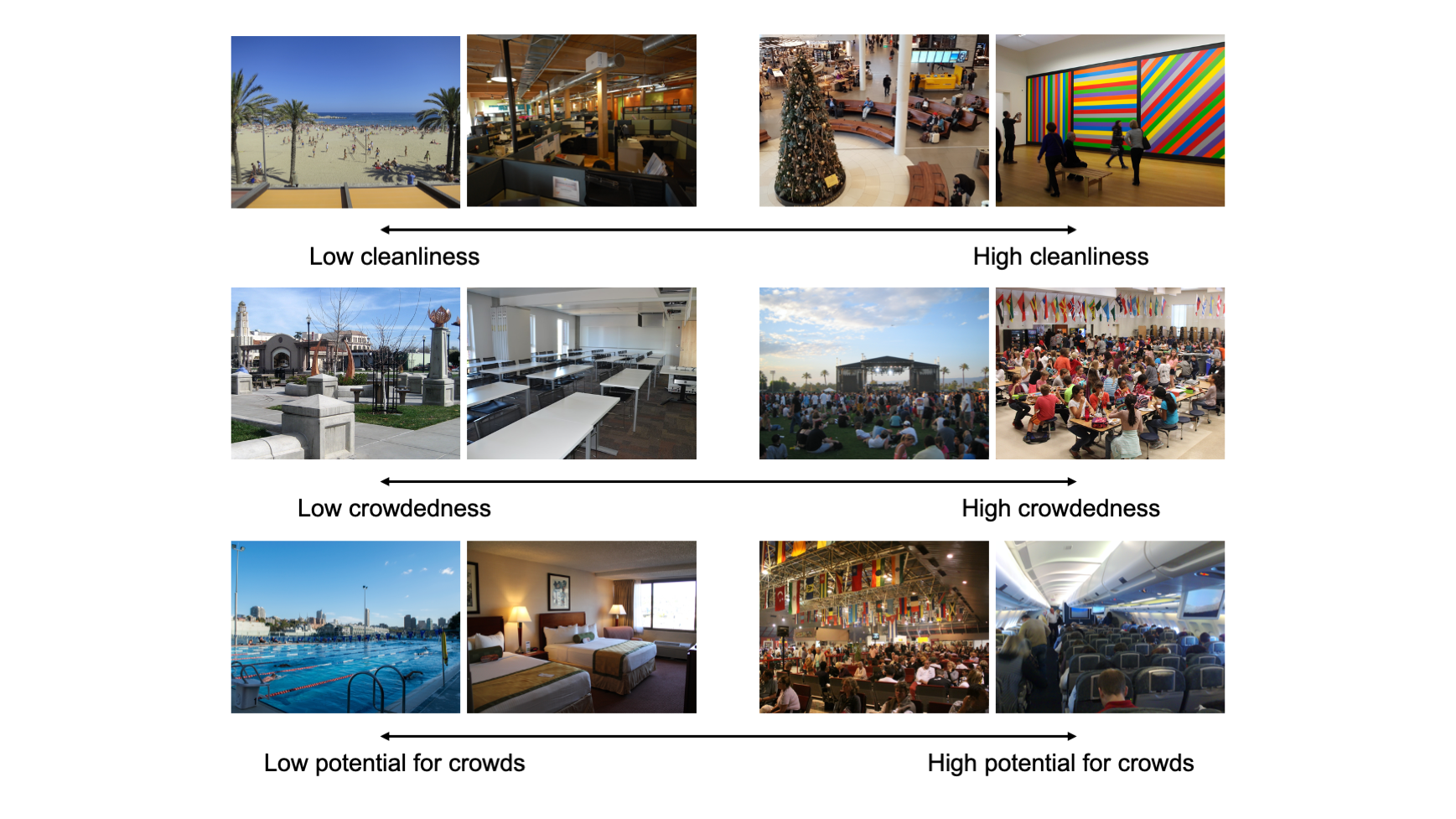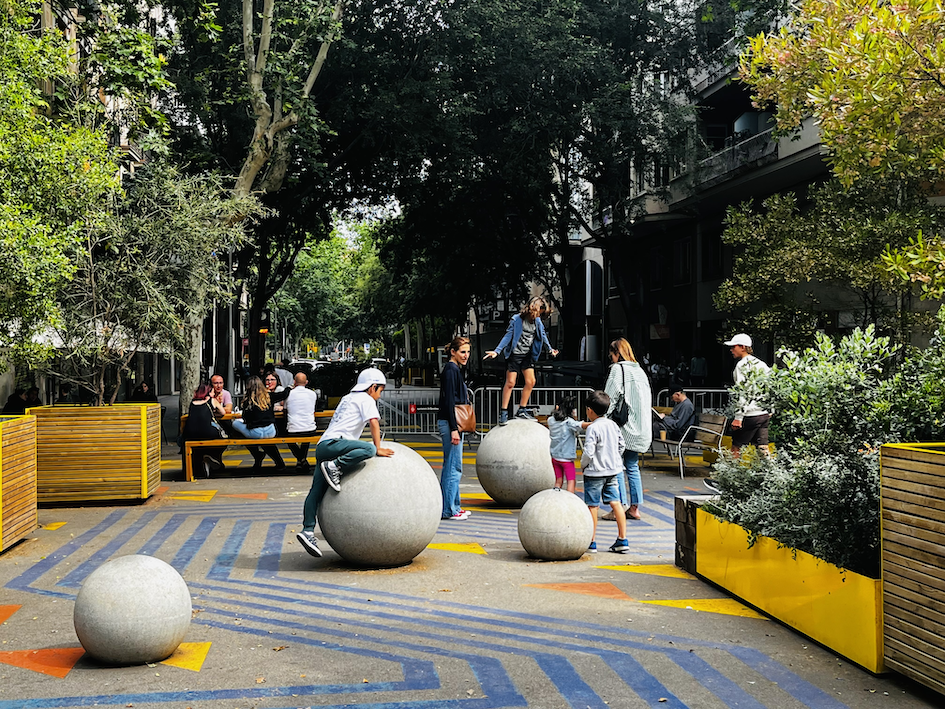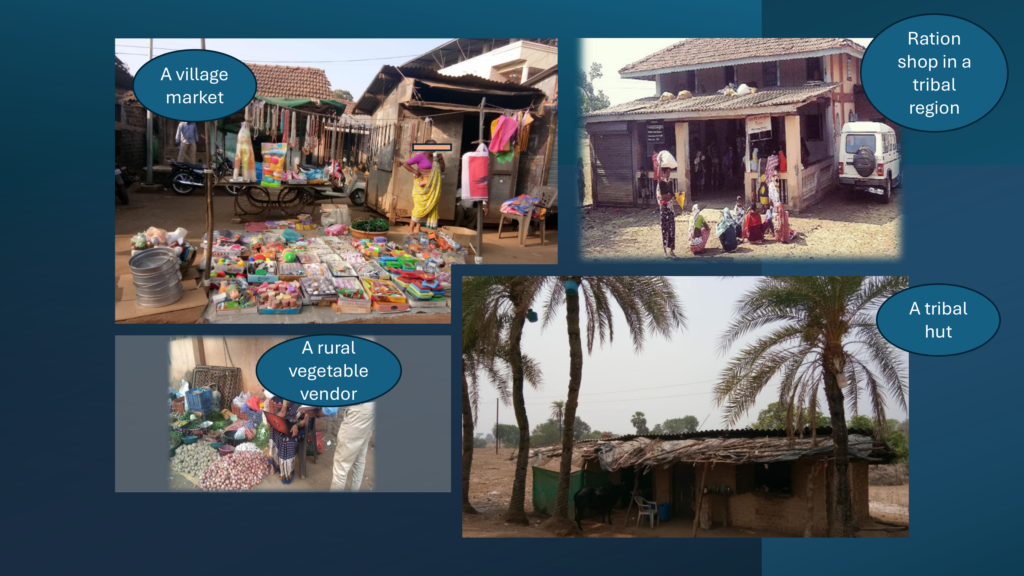City Know-hows

How do people conceptualize pathogen transmission risk in cities using visible cues?
Share
Target audience
Urban planners, Architects, Policy makers, Public health officials.
The problem
Urban and architectural environments are rich with visible cues that occupants can use to infer the transmission risk of different pathogens, such as COVID-19, but it is unclear which cues members of the public use to make these inferences, and how these cues compare to those used by experts.
What we did and why
We asked participants to rate a series of images of urban and architectural environments on their perceived pathogen transmission risk. We then correlated these ratings with objective assessments of the characteristics of those spaces to uncover associations. We replicated the same analysis using expert assessments of pathogen transmission risk, and we compared the correlations between expert raters and lay raters.
Our study’s contribution
This study provides data on which visible cues members of the public use to render judgments about pathogen transmission risk in the diversity of urban and architectural environments they occupy. Moreover, this study provides a comparison between conceptualizations of risk between members of the public and experts, which is a meaningful comparison in light of the fact that the two groups can deviate in conceptualizations of risk.
Impacts for city policy and practice
The data from this study is useful for designers interested in created spaces that are perceived as posing a “low” pathogen transmission risk. They are also useful for health policy decision makers by providing insight into the nature of the pathogen transmission risk conceptualizations held by members of the public. This information can be used to create more “nuanced” public health policies in the event of future pathogen outbreaks.
Further information
Full research article:
Investigating expert and lay judgments of pathogen transmission risk in urban and architectural environments by David Borkenhagen & Colin Ellard
Related posts

This paper investigates how health-promoting planning strategies are leveraged in place-based urban transformation initiatives to develop public spaces within neighbourhoods to improve children’s and community wellbeing. Safe, healthy, and accessible neighbourhood public spaces transform children’s lives in cities.

Overweight and obesity among mothers in the urban setting was twice compared to the rural. The percentage of households with an undernourished child and an overnourished mother was high in urban settings.

Extreme heat and wildfire smoke are a growing concern in cities. Cooling and cleaner air centres can provide a much-needed respite but too often they’re set up reactively and inconsistently. Our study explores what works, what doesn’t, and how cities can design these spaces to be reliable, inclusive, and accessible for all.